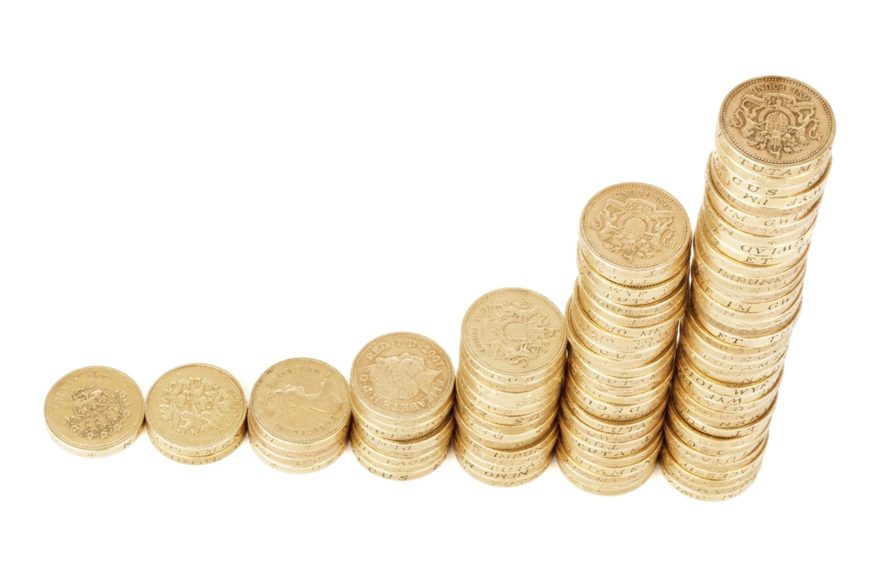Portfolio tax optimization is an important component of wealth management for high-net-worth investors. It is a key focus of our work at Good Life Wealth Management. This week, a lot of investors are opening up their 1099s from brokerage accounts and discovering that their mutual funds reported significant capital gains in 2024. Within the industry, a lot of advisors are moving clients to model portfolios and disregarding the individual tax implications in favor of streamlining their own operations. If you have a taxable account, this may not work very well for you.
Properly structuring a portfolio with tax efficiency in mind can preserve wealth and enhance after-tax returns. This article explores key strategies for optimizing a portfolio’s tax efficiency. This is our process that we have used with our investors since day one.
1. Use ETFs in Taxable Accounts
Inside of your mutual fund, the manager may be buying and selling stocks. At the end of the year, you get a tax bill, even if you didn’t sell your shares. This doesn’t matter inside of a 401(k) or IRA, but in a taxable account, mutual funds can create many thousands of dollars in unnecessary taxes. An Exchange Traded Fund (ETF) is better. An ETF is a basket of stocks and typically does not have any capital gains distributions. You only pay taxes when you sell.
2. Asset Location
Asset location refers to strategically placing investments in different types of accounts to minimize tax liability. Taxable accounts, tax-deferred accounts (such as 401(k)s and traditional IRAs), and tax-exempt accounts (such as Roth IRAs) all have different tax treatments.
- High-tax investments, such as bonds and REITs that generate ordinary income, should be placed in tax-deferred or tax-exempt accounts to defer or eliminate tax liability.
- Tax-efficient assets, such as index funds and ETFs, should be held in taxable accounts to take advantage of lower capital gains rates.
- Fixed annuities, such as MYGAs, allow us to defer taxes until retirement. This can be a more tax efficient approach than holding bonds in a taxable account.
3. Tax Loss Harvesting
Tax loss harvesting involves selling securities at a loss to offset capital gains, thereby reducing taxable income. This strategy can be particularly beneficial for high-net-worth investors who face higher capital gains tax rates.
- Losses can be used to offset gains in the same tax year and carried forward to future years. Losses do not expire.
- You can also use $3000 a year of losses against ordinary income, which is typically your highest tax rate.
- The IRS wash-sale rule prevents repurchasing a substantially identical security within 30 days before or after the sale. Thankfully, with thousands of ETFs on the market, it is easy to swap one ETF for another in the same category.
4. Strategic Charitable Giving
Charitable contributions provide both philanthropic benefits and tax advantages. There are several methods to maximize tax savings:
- Donating appreciated securities instead of cash avoids capital gains taxes and provides a deduction for the fair market value of the asset. We can then repurchase the shares and adjust your cost basis higher. Even if you do not itemize your tax return, you can save by avoiding capital gains.
- Qualified charitable distributions (QCDs) from IRAs can satisfy required minimum distributions (RMDs) while reducing taxable income. With QCDs, you do not need to itemize to get a tax savings.
- If you have a very large tax year, establishing a Donor Advised Fund (DAF) may create an immediate tax deduction while funding many years of future charitable donations.
5. Managing Capital Gains and Dividends
Minimizing capital gains tax is essential for preserving wealth.
- Holding investments for more than a year ensures they are taxed at long-term capital gains rates, which are lower than short-term rates.
- Managing withdrawals and rebalancing to minimize realized gains can improve after-tax returns. We avoid the automatic reinvestment of dividends. We can sell positions using lot-level cost basis, rather than first in, first out (FIFO).
- Qualified Dividends are taxed at preferential rates and suitable for a taxable account. Non-qualified Dividends are taxed as ordinary income and are better in a tax deferred account. It is important to understand what type of dividends your fund or stocks will create.
6. Estate and Gift Tax Strategies
For High Net Worth families, taxes can erode wealth between generations if not properly managed.
- Annual gift exclusions ($19,000 per recipient in 2025) allow wealth transfer without incurring gift taxes.
- Irrevocable life insurance trusts (ILITs) can transfer wealth without income tax or estate tax, when correctly structured.
- Step-up in basis at death can eliminate capital gains tax for heirs.
- Charities should receive traditional IRAs, not taxable assets. Charities will not pay taxes on your IRA, but your heirs will. Leave Roth IRAs and taxable assets to individuals.
- Roth Conversions can avoid RMDs and pre-pay taxes on IRAs. Heirs receive Roth IRAs tax-free.
Effective portfolio tax optimization requires proactive planning and ongoing management. By implementing strategies such as asset location, tax loss harvesting, charitable giving, capital gains management, estate planning, and tax-efficient investment selection, high-net-worth investors can significantly reduce their tax burdens and enhance wealth preservation. We can tailor your investment portfolio to your individual situation to optimize for tax efficiency while also focusing on return, diversification, and managing risk.










